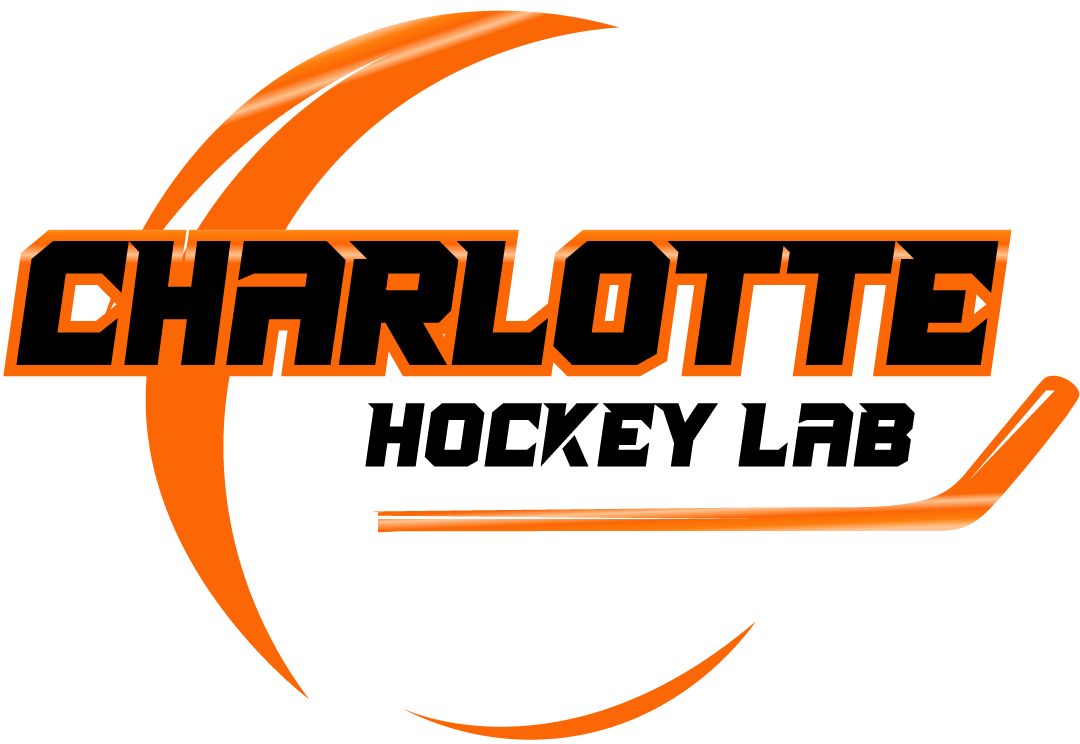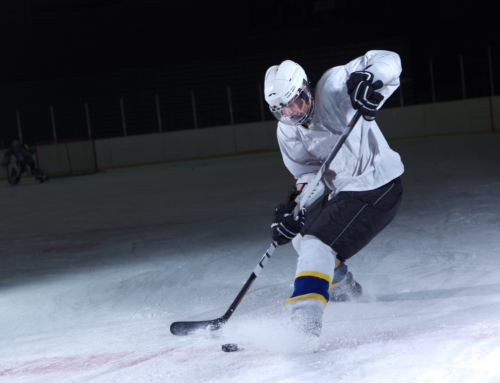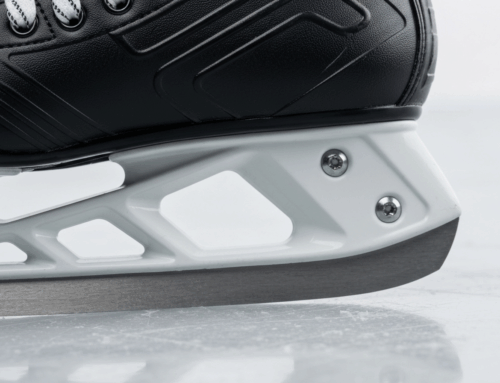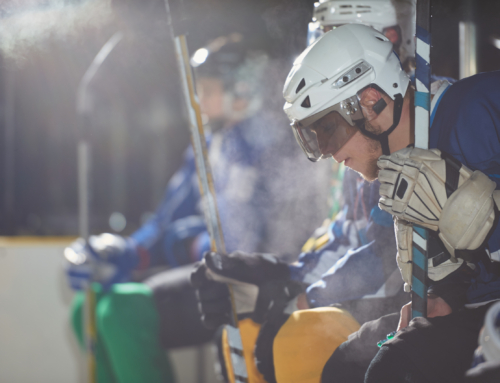Hockey Dryland Sled Sprint Training for Speed
The Critical Need for Acceleration in Hockey
Ice hockey is a sport characterized by bursts of intense effort, rapid changes in direction, and frequent accelerations from a standstill or slow speed. Unlike sports where athletes might reach and maintain a top speed for extended periods, hockey players constantly need to accelerate to gain an advantage. Whether it’s beating an opponent to a loose puck, closing down space defensively, or creating a breakaway scoring opportunity, explosive acceleration is a fundamental component of on-ice success. This makes developing this specific physical quality through targeted hockey dryland sled sprint training incredibly important.
While overall strength and conditioning are vital, effective training must prioritize exercises that directly transfer to the demands of the game. Dynamic correspondence exercises, which mimic the movement patterns, forces, and muscle contractions used in the sport, are key. For ice hockey players, this means focusing on movements that replicate the forward lean, powerful leg drive, and relatively long ground contact times characteristic of their skating stride, especially during acceleration.
How Sled Resisted Sprints Enhance On-Ice Speed
Considering the unique mechanics of ice hockey skating acceleration, particularly the lower body angle and leg drive, resisted sled sprints stand out as a highly effective dryland training tool. Sled sprints provide resistance that forces the athlete to generate significant horizontal force, directly mirroring the propulsive forces needed to accelerate on the ice.
By performing short-distance sprints (often 15 yards or less) against resistance, athletes can train the specific muscular actions and coordination patterns required for explosive starts and acceleration. This type of training emphasizes the initial push phase of the sprint, which is highly applicable to the initial strides of a hockey player’s skating acceleration. This makes sled resisted sprint training a form of dynamic correspondence exercise that can significantly improve an athlete’s ability to accelerate effectively when it matters most on the ice.
Learn more about how various training methods contribute to overall player development in our article on the Evolution of Modern Strategic Hockey Player Development.
Mastering Sled Load and Technique for Optimal Results
Determining the right load for sled resisted sprinting is crucial for maximizing its effectiveness and ensuring proper mechanics are maintained. While general guidelines exist, such as using 20-30% of body weight for acceleration, the optimal load is highly individual and depends on several factors, including the athlete’s strength level, training history, and the specific training goal.
Too heavy a load can drastically alter sprinting mechanics, leading to a shuffling or walking motion that defeats the purpose of training acceleration. Conversely, a load that is too light may not provide sufficient stimulus to elicit the desired training adaptation. For experienced athletes with a strong strength base (e.g., high squat and deadlift numbers), a load exceeding 30% of body weight might be necessary to provide adequate resistance. For newer athletes, starting lighter is often advisable to ensure technical proficiency.
Coaches should closely observe the athlete’s technique during hockey dryland sled sprint training. If the athlete’s posture changes significantly or they are unable to maintain a powerful, piston-like leg drive, the load is likely too heavy. A simple way to gauge effectiveness is to compare timed resisted sprints (e.g., 10 or 15 yards) with unresisted sprints over the same distance. If the times are too similar, the resistance needs to be increased.
The attachment point of the harness also plays a role. Research suggests that a waist attachment may be more effective for developing horizontal force and minimizing unwanted changes in sprint kinematics compared to a shoulder attachment. This is because the waist attachment can encourage a greater forward lean, which is biomechanically similar to the acceleration phase in hockey skating.
Understanding Newton’s second law (Force = mass acceleration) highlights why an athlete’s relative strength is a critical factor in improving acceleration. Sled training, when properly loaded, allows athletes to apply greater force against resistance, directly improving their capacity for acceleration.
Implementing Effective Hockey Dryland Sled Sprint Training
Integrating hockey dryland sled sprint training into a comprehensive program requires careful planning. It can be incorporated in several ways, depending on the training phase and objectives. A common approach is to use sled sprints as part of a complex training scheme or a combined training methodology.
Complex training typically pairs a strength exercise with a plyometric exercise to leverage post-activation potentiation. For hockey, this can be adapted by following a heavy strength lift (like box squats or hang cleans) with a resisted sled sprint. This structure helps train both maximal strength and explosive power, which are crucial for acceleration.
Alternatively, sled sprints can be used on their own as repeated efforts to focus purely on acceleration mechanics and power output. This might involve a series of 6-10 short sprints (e.g., 10-15 yards) with adequate rest (2-3 minutes) between repetitions to ensure high-quality efforts.
Here’s a sample progression demonstrating how sled sprints can be integrated into a combined training approach:
- Part 1: Foundation Building
- Box Back Squats: 5 reps at 75-80+% 1RM (focus on explosive concentric phase)
- Immediately followed by: Sled Resisted Sprint: 10-15 yards
- Part 2: Adding Power and Agility
- Box Back Squats: 4 reps at 80-85% 1RM
- Immediately followed by: Skater Lateral Hops with Medicine Ball: 10 total reps (5 each side)
- Immediately followed by: Sled Sprint: 10-15 yards
- Part 3: Increased Complexity and Intensity
- Hang Cleans: 4 reps at 80% 1RM
- Immediately followed by: Box Back Squats: 4 reps at 80-85% 1RM
- Immediately followed by: Skater Lateral Hops with Medicine Ball: 10 total reps (5 each side)
- Immediately followed by: Sled Sprint: 10-15 yards
For each part, perform 4-5 sets. Rest between exercises within a part should be minimal (10-15 seconds), allowing just enough time to transition to the next station. Rest between sets should be longer (2-3 minutes) to ensure recovery for maximal effort on the sled sprints. This approach mirrors the intermittent, high-intensity nature of hockey shifts.
Programming should always consider the individual athlete’s training age, experience, current strength levels, and specific goals. The load, distance, repetitions, and rest times can be adjusted to align with these factors and the overall training plan.
Integrating Sled Sprints into Your Off-Season and Pre-Season Program
The timing of integrating hockey dryland sled sprint training within a year-round program is important for maximizing its impact. During the off-season, particularly in the earlier phases focused on building a strength base, heavier sled loads might be used to emphasize horizontal strength development.
As the off-season progresses and transitions into the pre-season, the focus shifts towards converting strength into explosive power. This is when sled resisted sprints become particularly valuable. They are often incorporated during the peak strength and power phase, typically in the 6-8 weeks leading up to the start of the season.
During this pre-season phase, sled sprint sessions can be performed 2-3 times per week. These sessions might include dedicated resisted sprint days or be integrated into other dryland workouts as part of complex or combined training circuits designed to improve both power and anaerobic conditioning, mimicking the energy system demands of hockey.
As the season approaches, the resistance used on the sled might be slightly reduced to emphasize speed and power production with less mechanical disruption, ensuring that the athlete is primed for on-ice acceleration. The goal is to peak the athlete’s ability to produce explosive horizontal force just in time for competition.
Measuring Your Progress and On-Ice Transfer
To ensure that hockey dryland sled sprint training is yielding results, regular testing and evaluation are essential. This allows coaches and athletes to track progress and make necessary adjustments to the program.
One common method for assessing progress is timing short-distance sprints. This typically involves comparing times for a 10- or 15-yard resisted sled sprint with the athlete’s time for an unresisted sprint over the same distance on the same surface (like a track). Improvements in the resisted sprint time, while maintaining or improving the unresisted sprint time, indicate increased horizontal force production capacity.
Beyond objective measurements, subjective observation of the athlete’s mechanics and effort during sled sprints is also valuable. The athlete should be driving powerfully through each stride, maintaining a strong forward lean appropriate for the acceleration phase.
Ultimately, the true measure of success is the transfer of these dryland gains to on-ice performance. While direct measurement of on-ice acceleration can be challenging without specialized equipment, coaches and players can look for improvements in game situations that rely heavily on acceleration, such as winning races to loose pucks, faster transitions, and more explosive starts off the boards or in open ice. Regular communication between dryland coaches and on-ice staff can help confirm if the training is translating effectively.
For more insights into effective dryland strategies, consider exploring How to Start Implementing Modern Strategic Hockey Training.
Additional resources on the kinetics and kinematics of sled training can be found through academic databases and sports science journals, such as the Journal of Strength and Conditioning Research or the Strength and Conditioning Journal.
Have questions? Contact us here.

We use only the finest ingredients to produce stellar tastes.












